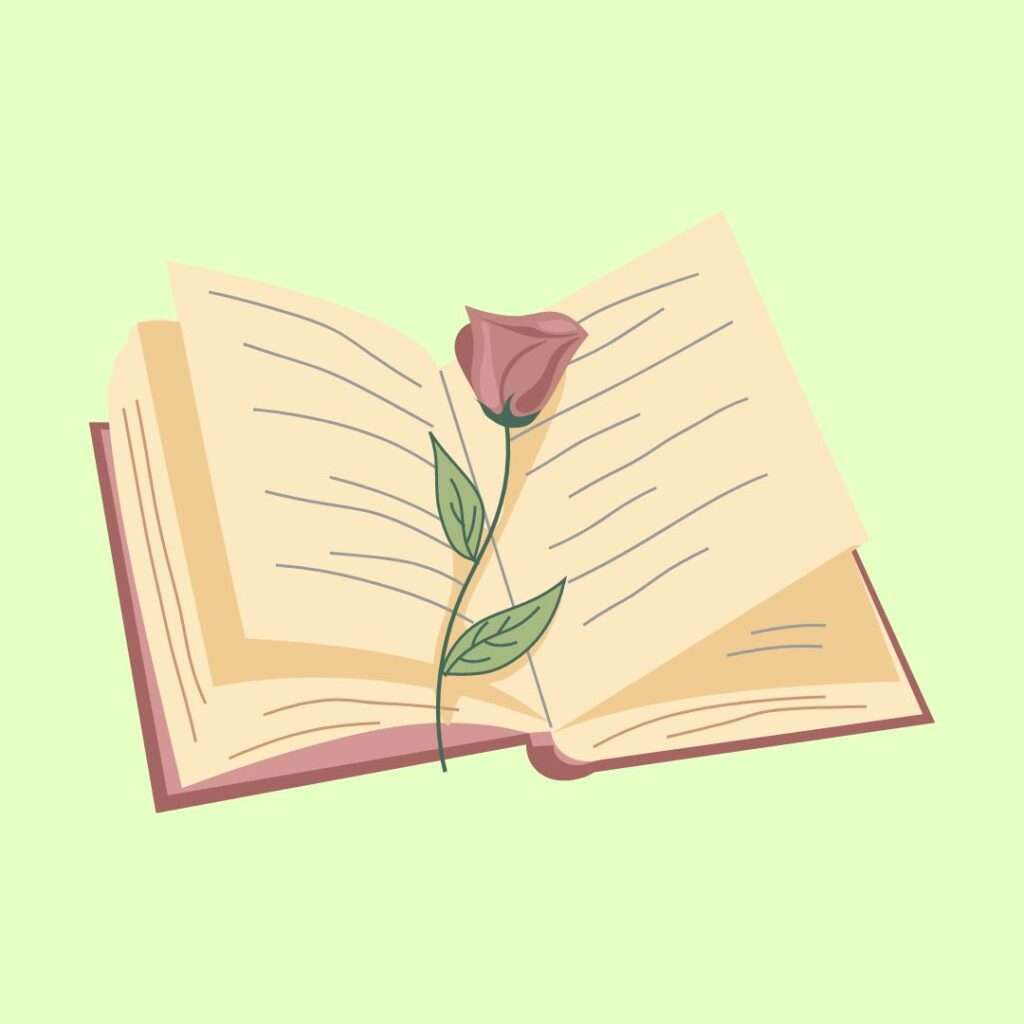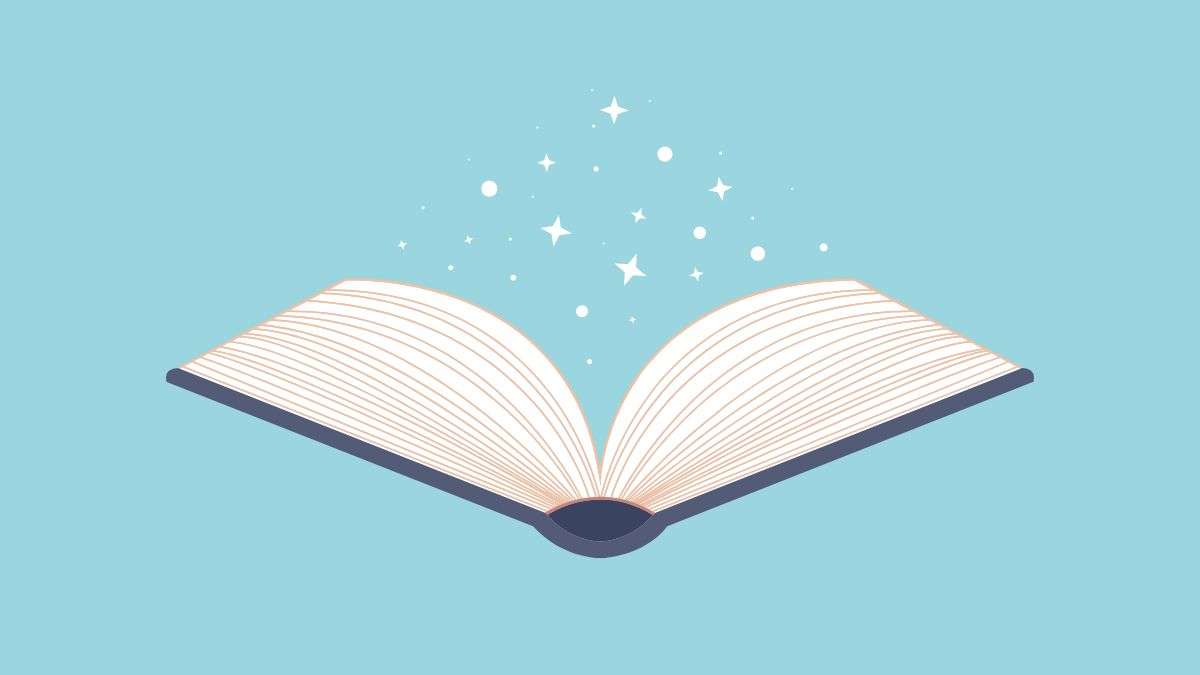Table of Contents
- Introduction
- The History of Novels: Tracing Back Thousands of Years
- “The World’s First Novel”
- Evolution of the Novel: From Manuscripts to Modern Publishing
- Novels’ Influence on the Literature and Publishing Industry
- Conclusion: Embracing the Journey through the History of Novels
Introduction
The write-up traces the history of novels and how they influence literature and publishing. Novels are a unique and captivating form of storytelling that has profoundly influenced literature and culture over the centuries.
As extended works of prose fiction, novels have the breadth to develop intricate plots and explore complex themes and characters in a way few other formats allow. Tracing the history of novels provides insight into their evolution from early origins to the powerful force they represent in modern publishing.
Brief Definition of a Novel
A novel is typically defined as a long, fictional, narrative prose story, often involving a plot with diverse characters and some complexity. Novels distinguish themselves from shorter fiction works like novellas and short stories by their greater length and complexity. Most scholars consider novels to have over 50,000 words, although exceptions abound.
Significance of Novels in Literature
As an “invented” form without extensive precedents, novels have an outsized influence on subsequent literature. Early novels often explored individual psychology and emotional landscapes in new ways. And as novels became popular, they shaped reader expectations and publishing norms. The evolution and history of novels reflect broader trends in literary tastes, available technologies, and social values.
Novels hold a crucial place in literary canons and continue to have great significance today. Understanding their origins and developmental arc aids in appreciation of their lasting impacts.
The History of Novels: Tracing Back Thousands of Years
The rich history of novels spans many cultures and periods. Though the modern novel only emerged as a literary form in the 18th century, prose narratives resembling novels existed in various forms for thousands of years prior.
Exploring Ancient Roots of Storytelling
The ancient roots of storytelling stretch back to the earliest days of human civilization. Before the invention of writing, oral traditions were the primary means of preserving and conveying stories, history, and cultural values.
These oral narratives often took the form of epic poetry or tales, such as Homer’s Iliad and Odyssey, which date back to around the 8th century BCE. While not novels in the modern sense, these stories share many characteristics with novels, including complex characters, intricate plots, and themes that explore the human condition.
In various ancient cultures, we find precursors to the novel. For example, extensive narrative works in the Mahabharata and the Ramayana in ancient India combine myth, philosophy, and history. Similarly, the ancient Egyptians had their Tale of Two Brothers, a narrative papyrus dating back to around 1200 BCE.
As we move into the first millennium BCE, we encounter texts like the Greek romance novels such as Daphnis and Chloe and the Latin Golden Ass by Apuleius, which resemble the novel in their use of extended prose narrative to tell a story.
The Chinese literary tradition also contributed to the early development of novel-like texts. Works such as Journey to the West and Romance of the Three Kingdoms, written during the Ming Dynasty (14th to 17th centuries), are considered some of the earliest forms of the novel, showcasing storytelling with an emphasis on plot and character development over time.
These ancient narratives laid the groundwork for the modern novel by establishing the importance of storytelling to entertain, educate, and preserve cultural identity. They showed that extended prose could effectively delve into characters’ motivations, societal norms, and the consequences of human actions. The transition from oral storytelling to written narratives was a significant step in the history of novels, allowing stories to reach a wider audience and be preserved for future generations.
“The World’s First Novel”
The Tale of Genji, written in the early 11th century by the Japanese noblewoman Murasaki Shikibu, is often considered the world’s first novel due to its remarkable sophistication in character development, plot complexity, and psychological observation.
The narrative structure of The Tale of Genji is comprehensive and expansive, following the life and loves of Hikaru Genji, the shining prince, and other characters from the Heian court. The tale unfolds over 54 chapters and includes a wide cast of characters, each with distinct personalities and detailed backstories contributing to the overarching narrative. It vividly depicts the Heian period’s customs, culture, and political intrigue, giving readers a deep understanding of the societal context.
One reason for considering it the world’s first in the history of novels is the depth with which it explores the internal lives of its characters. Murasaki delves into human relationships’ emotional and psychological complexities and individual experiences. This introspective focus was groundbreaking for its time and set a precedent for later novels, which would similarly explore the inner lives of their characters.
Another reason for its recognition as the first novel is its literary sophistication. The Tale of Genji employs narrative techniques such as character development over time, shifting perspectives, and using metaphors and poetic language. These techniques were advanced for the era and have led scholars to view the work as a significant step toward modern narrative forms.
The Tale of Genji is considered the first novel because it influenced subsequent literature. It established a standard for Monogatari (narrative literature) in Japan and has inspired countless works of fiction in Japanese literature and internationally. Its themes of love, social status, and the impermanence of life resonate across cultures and eras, contributing to its lasting legacy.
The Earliest Novels in Western Literature
While extended prose narratives existed previously, most literary scholars suggest the novel as we understand it emerged in the 17th and 18th centuries. This period saw increased literacy, the rise of commercial printing methods, and a growing middle-class readership.
Books transitioned from luxury items for the elite to mass entertainment consumed by everyday people. Some of the earliest novels in Western literature included Don Quixote by Miguel Cervantes in 1605, which satirized the prevailing medieval tales of chivalry, and Madame de Lafayette’s The Princess of Cleves in 1678, one of the first European novels with a contemporary setting.
Over the following centuries, the novel form rapidly evolved, eventually becoming one of the most dominant and beloved literary genres worldwide.
Evolution of the Novel: From Manuscripts to Modern Publishing
The evolution of novels from manuscripts to mass-produced books has been a fascinating journey intertwined with technological innovations. In the early days, novels were painstakingly handwritten and illustrated by scribes.
The printing press revolutionized publishing by enabling the mass production of books. As printing technology advanced over the centuries, books became more affordable and accessible to the general public.
The Transition from Manuscripts to Print
Before the printing press, novels were circulated as handwritten manuscripts or, in limited runs, produced by copyists. Johannes Gutenberg‘s invention of movable type printing in Europe during the 15th century marked a significant turning point. Printing presses could produce books at a fraction of the time and cost. By the 17th century, printed novels started gaining popularity and were being mass-produced.
The Influence of Technological Innovation
Key innovations over the past few centuries have shaped the evolution of novel publishing:
- The steam-powered printing press in the early 19th century enabled the mass production of books.
- The Fourdrinier paper-making machine produced continuous rolls of paper, removing a production bottleneck.
- Typesetting was automated in the late 19th century through the Linotype and Monotype machines.
These inventions significantly reduced printing costs and made books more affordable and accessible to the growing literate population.
Novels and the Growth of Publishing
The publishing industry expanded dramatically as novels became popular over the 18th and 19th centuries. Novelists like Jane Austen, the Brontë sisters, Charles Dickens, and Mark Twain produced literary masterpieces and shaped the early infrastructure of modern publishing.
The mass consumption of novels generated demand for bigger print runs and broader distribution networks. Novelists took advantage of copyright laws to profit from their writing. Overall, the runaway success of novels helped establish publishing as a thriving commercial industry catering to popular tastes.
Novels’ Influence on the Literature and Publishing Industry
Novels have had a profound influence on the way stories are structured and told in literature. Early novels like Samuel Richardson’s Pamela (1740) introduced the epistolary format, telling a story through a series of letters. This opened up new possibilities for narration and point of view.

Novels also impacted the publishing industry in significant ways. As novels grew in popularity in the 18th and 19th centuries, the industry had to expand and adapt to meet public demand. Publishers scrambled to print affordable editions of books by popular novelists like Walter Scott, whose works were immediate bestsellers.
The birth of genre fiction and the paperback format further revolutionized publishing. The industry has recently grappled with ebooks and digital distribution opportunities and challenges. Additionally, novels changed how authors and publishers approached storytelling and marketing. Complex, character-driven stories allowed for more creativity.
Episodic, cliffhanger plots were designed to keep readers in suspense. Advertising and early book reviews helped influence what people chose to read. Today’s book industry follows many conventions and formats established by the earliest novelists and publishers.
Some key ways novels have influenced storytelling in literature include:
- Introducing new narrative formats like epistolary novels
- Pioneering complex plotting techniques with interweaving storylines
- Establishing conventions for point of view and unreliable narrators
- Using descriptive, visual writing to immerse readers in fictional worlds
- Incorporating social commentary and symbolism beyond just storytelling
Novels significantly impacted the publishing industry in areas like:
- Driving massive growth in book sales and reading markets in the 18th and 19th centuries
- Establishing new genres and literary forms that changed trends in publishing
- Sparking innovations such as serialized novels and magazine serialization
- Creating a popular culture around favorite characters and storylines
- Using advertising and early reviews to promote titles and influence readers
Novels changed how authors and publishers told and sold stories by:
- Enabling more complex, nuanced character and plot development
- Popularizing episodic formats with cliffhangers to build engagement
- Establishing conventions for genre fiction with familiar elements, readers enjoyed
- Using paratexts like prefaces and illustrations to supplement stories
- Developing modern marketing tactics from early advertising to book tours
Conclusion: Embracing the Journey through the History of Novels
The history of novels is rich and fascinating, spanning thousands of years across diverse cultures. From ancient Indian epics to medieval Spanish tales to the rise of the modern English novel, prose fiction has evolved dramatically in form and purpose over time. Key innovations in printing, publishing, and literacy created the right conditions for novels as we know them today to flourish and profoundly impact literature and reading worldwide.
Throughout their long evolution, novels have allowed people to make sense of their societies, convey new ideas and perspectives, critique power structures, and imagine alternate realities. They gave voices to marginalized groups and let ordinary people see their lives reflected in fiction. Novels also fueled growth in the publishing industry and helped shape marketing practices and reader engagement as books became more accessible.
The history of novels is intertwined with major historical events and societal changes. As novels become agents of change, they offer a unique window into different cultural experiences and historical periods. Engaging with this history allows us better to understand the role of storytelling in human societies.

2 thoughts on “The History of Novels”